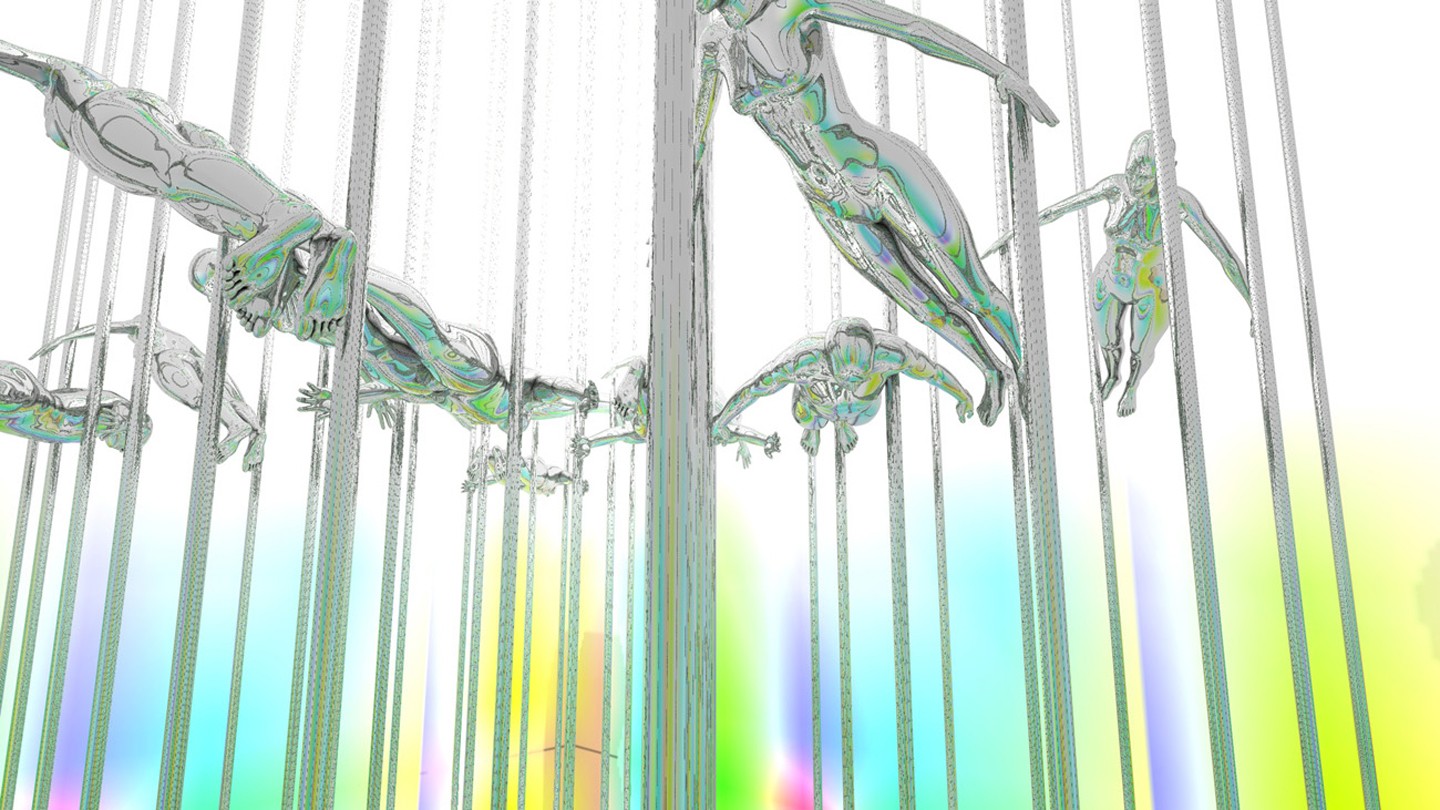In this regard, Michel Feher’s extraordinary work charting neoliberalism through a history of eroticism has been instructive in setting out this position. See his 2013-2015 lectures at Goldsmiths, “The Age of Appreciation: Lectures on the Neoliberal Condition,” ➝.
Jacques Le Goff, "Head or Heart? The Political Use of Body Metaphors in the Middle Ages." In: Fragments for a History of the Human Body, Part III, Michel Feher ed. (New York: Zone Books, 1989): 12-27.
See, for example, Anson Rabinbach, The Human Motor, Energy, fatigue and the origins of modernity (Berkeley and Los Angeles: University of California Press, 1992).
Ross Exo Adams, Circulation and Urbanization (London: Sage, 2017).
Ildefonso Cerdá, Cerdá: The Five Bases of Urbanization, Arturo Soria y Mata, ed. (Barcelona: Electa, 1999).
Ildefonso Cerdá, Teoría de la construcción de las ciudades aplicada al proyecto de reforma y ensanche de Barcelona y otras conexos (Madrid: Instituto Nacional de la Administración Pública and Ayuntamiento de Madrid, 1859) § 1500.
Some of the most insightful critical analyses of smart city urbanism can be found in Jennifer Gabrys, “Programming Environments: environmentality and citizen sensing in the smart city,” Environment and Planning D: Society and Space 32:1 (2014). For an excellent look at its relation to cybernetic discourse, see Maros Krivy, “Toward a critique of cybernetic urbanism: The smart city and the society of control,” Planning Theory (April, 2016): 1–23.
See Orit Halpern, “Hopeful Resilience,” e-flux architecture (April 19, 2017), ➝.
For more on the implications of nature-based solutions in the context of resilient urbanism, see Ross Exo Adams, “An Ecology of Bodies.” In: Climates: Architecture and the Planetary Imaginary (New York City/Zürich: Columbia Books on the Architecture and the City/Lars Müller Publishers 2016): 181–190.
See Rebuild by Design, “Policy by Design: Promoting Resilience in Policy and Practice” (June 2014), ➝.
Ildefonso Cerdá, Teoría general de la urbanización (Madrid: Imprenta Española, 1867). See also Ibid., Adams (2017).
Gilles Deleuze, “Postscript on the Societies of Control,” October 59 (1992): 3–7.
Ibid., Adams, (2017).
David Chandler, “Beyond neoliberalism; resilience, the new art of governing complexity,” Resilience: International Policies, Practices and Discourses, 2:1 (2014): 47–63.
See chapters in section III of Jennifer Gabrys, Program Earth: Environmental Sensing Technology and the Making of a Computational Planet (Minneapolis: University of Minnesota Press, 2016) 183-265.
Antoinette Rouvroy, “The end(s) of critique: data-behaviourism vs. due process.” In: Privacy, Due Process and the Computational Turn: The philosophy of law meets the philosophy of technology, Mireille Hildebrandt and Katja De Vries eds. (London: Routledge, 2013).
Antoinette Rouvroy, “Algorithmic Governmentality and the End(s) of Critique,” lecture, Society of the Query #2, Institute of Network Cultures, Hogeschool van Amsterdam (8 November 2013), ➝.
Vilém Flusser, Post-History trans. Rodrigo Maltez Novaes (Minnesota: Univocal, 2013), 119.
Orit Halpern, Jesse LeCavalier, Nerea Calvillo and Wolfgang Pietsch, “Test-Bed Urbanism,” Public Culture, 25:2 (2013): 272–306.
Positions is an initiative by e-flux Architecture.
